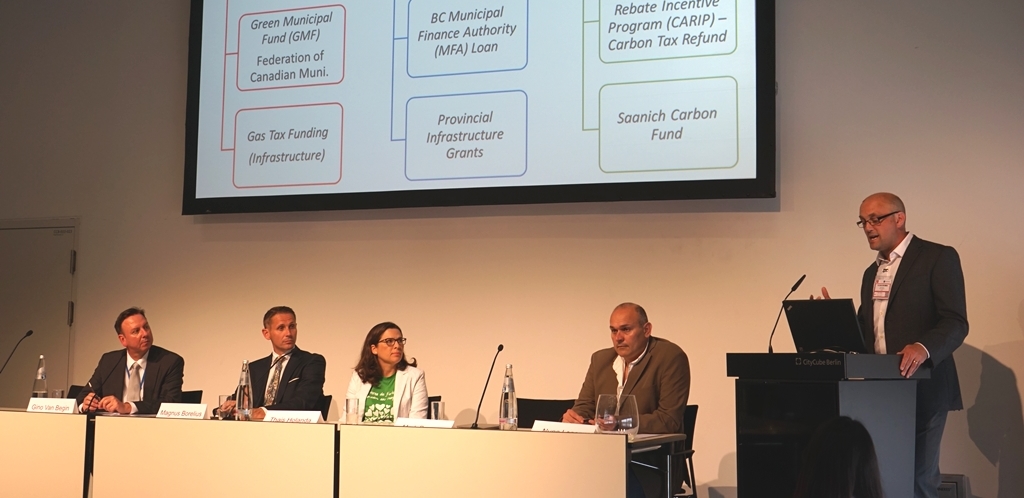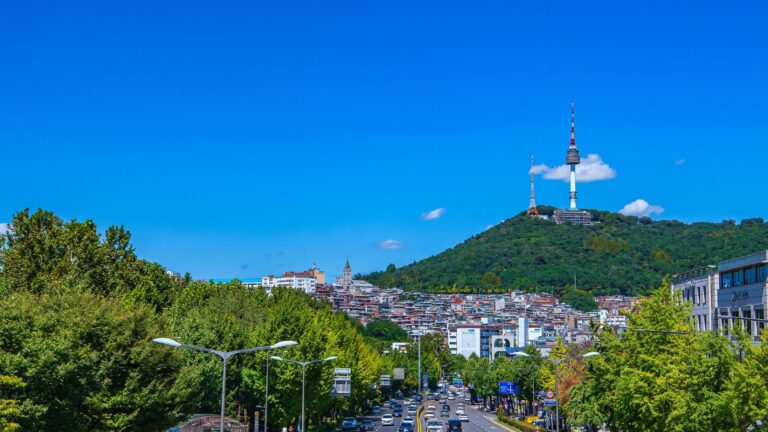Taipei City’s journey towards net-zero: Ambitious climate action, transparency, and SDGs.
Despite the severe impacts of COVID-19 worldwide, climate change remains one of the greatest threats towards humanity’s – and cities’ – future. But it is exactly in cities where the biggest gains can be made when tackling the climate crisis. Since projections for the future suggest more people will move to urban areas, cities must put sustainability at the core of their urban development now. The good news is many are already doing so.
Located on the island of Taiwan, Taipei City has long been committed to sustainability. Most notably, both its 2030 municipal governance guidelines and the City Government’s Strategic Map are built on the UN Sustainable Development Goals. Yet, Taipei City went a step further when it announced its intention to reduce its greenhouse gas (GHG) emissions by 30 percent by 2030 and achieve net-zero emissions by 2050, as well as starting to publish an annual Voluntary Local Review (VLR) to share its progress towards the SDGs.
Focusing on SDG 13 (Climate Action), Taipei City’s vigorous climate action towards its net-emissions goal can be divided into three main aspects that cut across other SDGs: environmental, economic, and social. Here are some examples from each of these aspects.
Two Ts for the environment: Transport and Trees
Launched in 2016, the Taipei City Clean Air Action Plan has been guiding the implementation of low emission, green transportation. Through regional cooperation with the central government, Taipei City has designated three transportation hubs and six tourist hotspots as Air Quality Maintenance Zones, the first of its kind on the island. Additionally, the city recently announced a three-year electric scooter incentive scheme and is expected to establish a fleet of 3,500 electric municipal buses by 2030.
To reduce the urban heat island effect, Taipei City developed the Taipei Street Trees 15-Year Vision Plan. The plan focuses on planting new trees and shrubbery to connect green spaces, as well as strengthening the maintenance of existing trees, especially along streets. Not only do trees and vegetation lower surfaces and air temperatures, but they also help to create an urban green ecosystem for citizens and pollinators, with positive spillovers on biodiversity.
Circularity and renewable energy for the economy
To stimulate its economy and give it a ‘circular push’, Taipei City launched the Subsidies & Incentives for the Taipei Industry, which aims at facilitating the circular upgrade and transformation of small and medium-sized enterprises. Complementing these incentives, industrial exchange platforms and startup labs are expected to advance Taipei’s long-term capacity for innovation in the circular economy.
Aware that reliable and affordable energy is essential for a healthy economy, Taipei City is already laying the foundation for its 100 percent renewable energy transition. Through the Solar Taipei Program, the city is promoting the installation of photovoltaic systems through public-private partnerships, with a goal of 66MW by 2030. Complementing this, Taipei is introducing smart micro-grid systems that integrate photovoltaic systems and energy storage equipment in social housing, campuses, and government agencies. This push for a clean and inclusive energy transition already produced a 19.8 kW civic power plant at Guandu Junior High School, the result of the collaboration between the city and the citizen interest group Homemakers United Foundation in 2020.
A city for the people
Educating, informing, and involving citizens is one of the most effective ways to prevent and respond to extreme weather events such as short-duration intense rainfall. To this extent, Taipei City has a dedicated disaster prevention website and respective app, as well as disaster relief volunteer training and certification schemes to stimulate community education and self-driven disaster prevention communities. At the end of 2020, almost 2000 citizens have been certified disaster relief volunteers trained to help neighborhood response and reduce property damage.
Such people-centered approaches, however, should not just be promoted during moments of crisis, but also in the day to day life. That is the rationale behind Taipei’s food exchange platform, which, alongside seven public-owned markets and the Taipei Agricultural Products Marketing Corporation, enables the reuse and distribution of leftover food that would otherwise become waste. In a similar fashion, Taipei’s local community care centers provide shared meals for seniors and promote food education to raise awareness on the need for a reliable and sufficient food supply for disadvantaged groups.
Through concrete actions and policies, Taipei City is breaking silos and moving ahead across multiple SDGs in its plans to achieve net-zero emissions by 2050. This is a clear signal that tackling climate change alone will not be sufficient to shape the cities of tomorrow. Cities need to grow, adapt and develop with all the SDGs in mind, for the people and the planet.
This blog was written by Taipei’s Department of Environmental Protection and Matteo Bizzotto, Social Media and Communications Officer at ICLEI World Secretariat.








